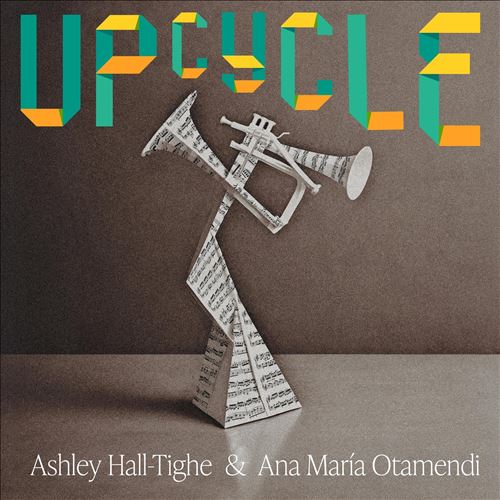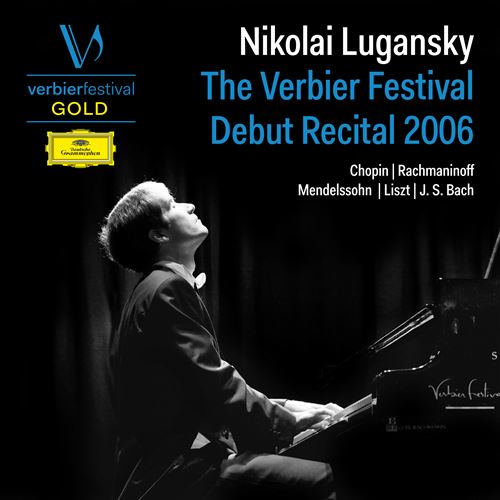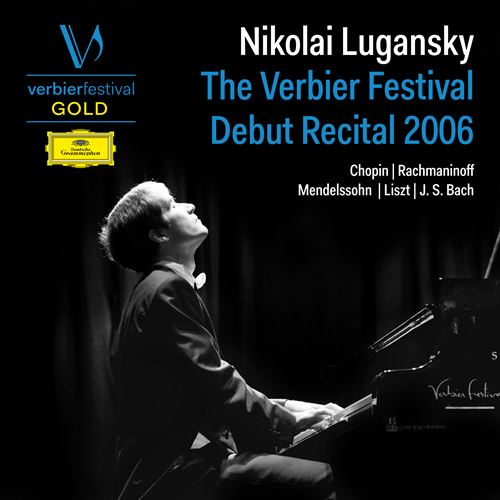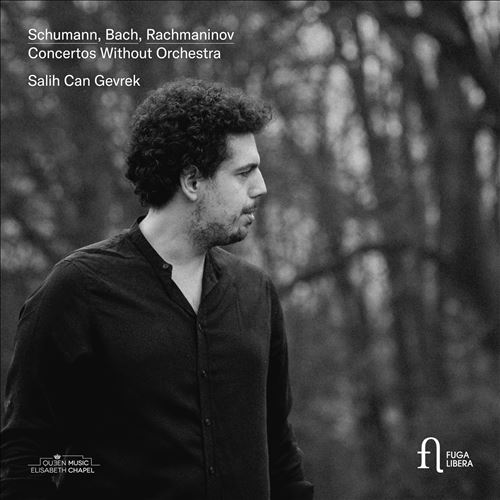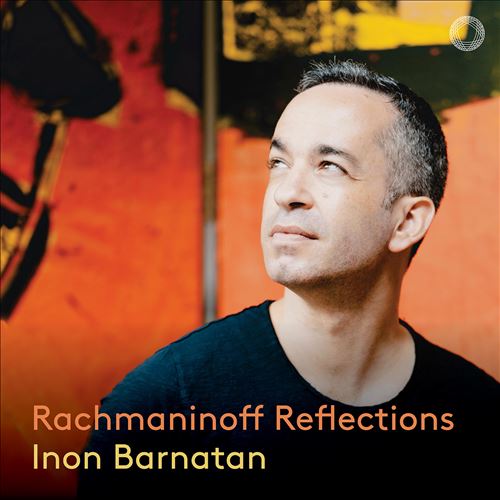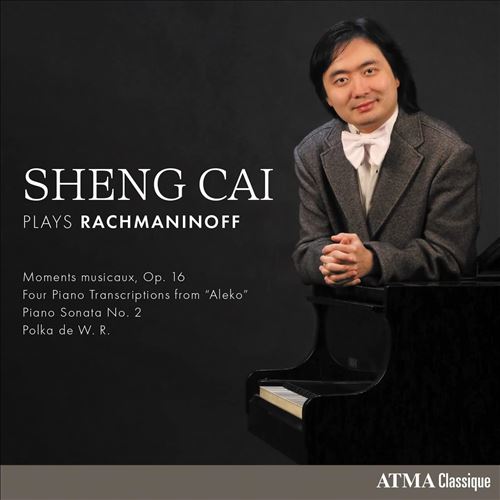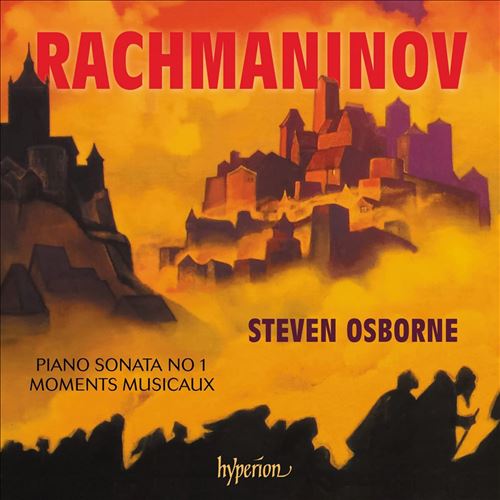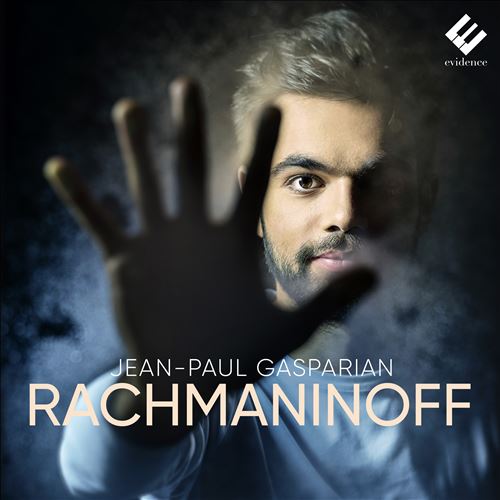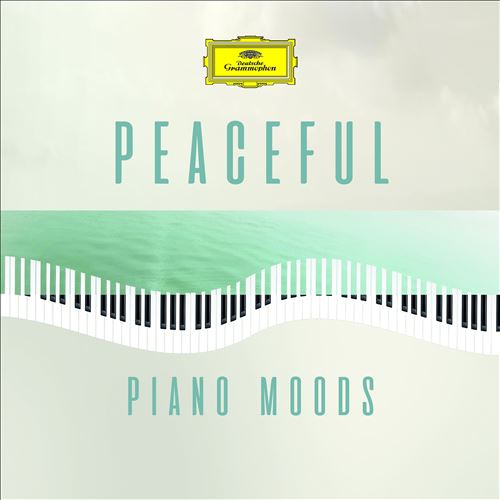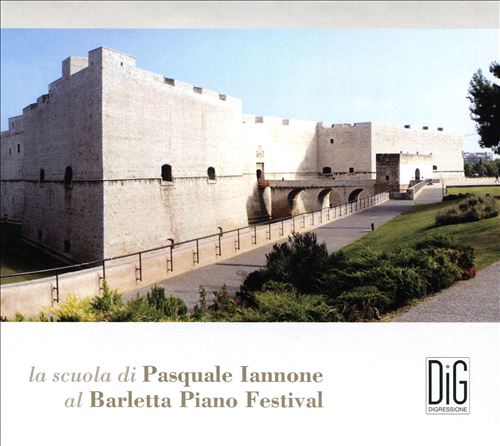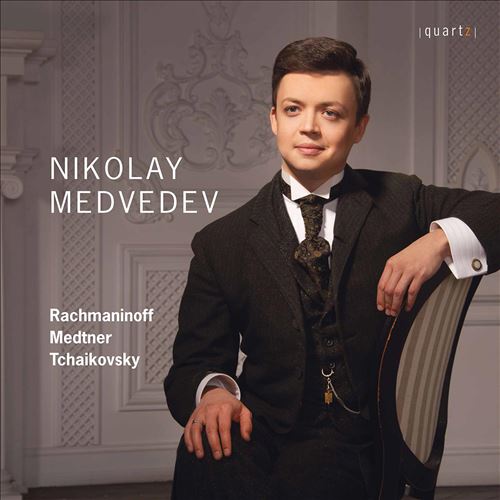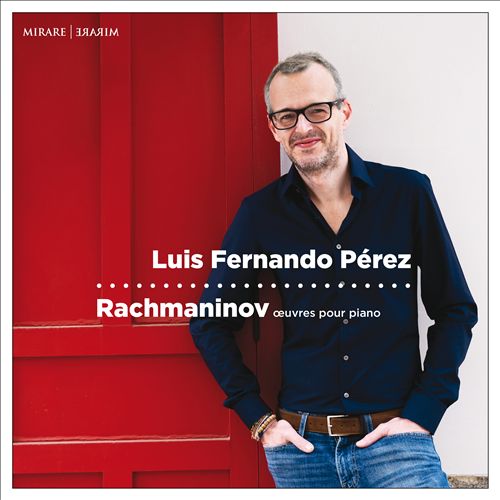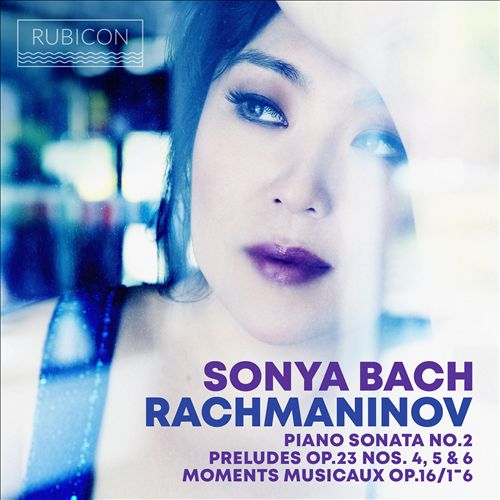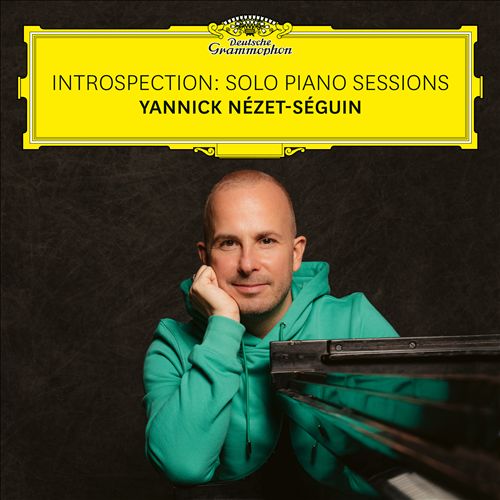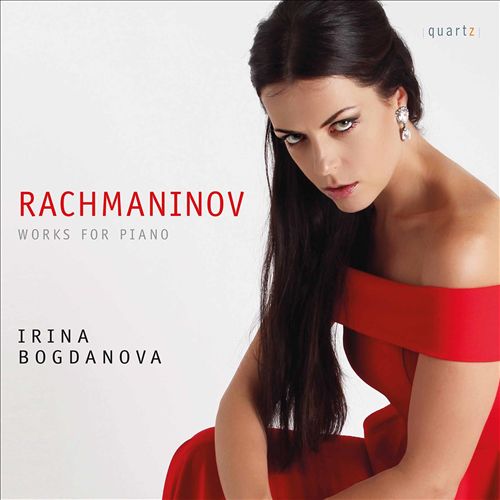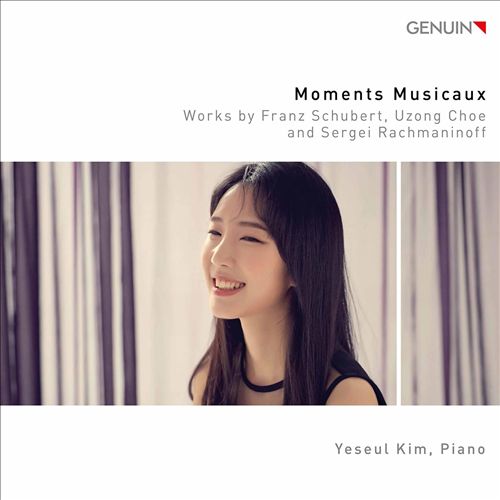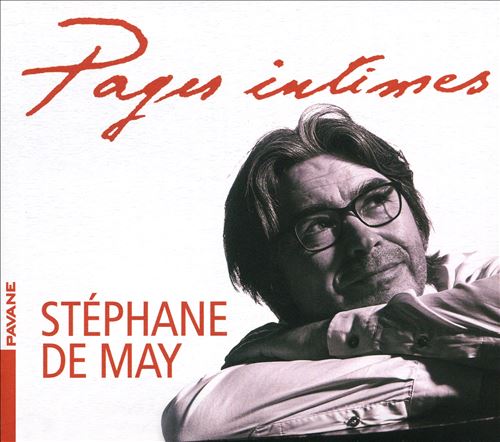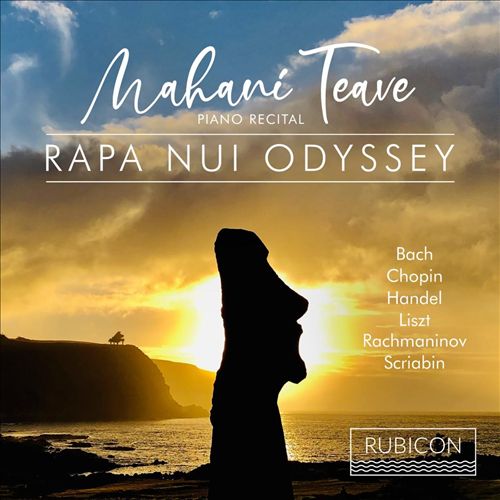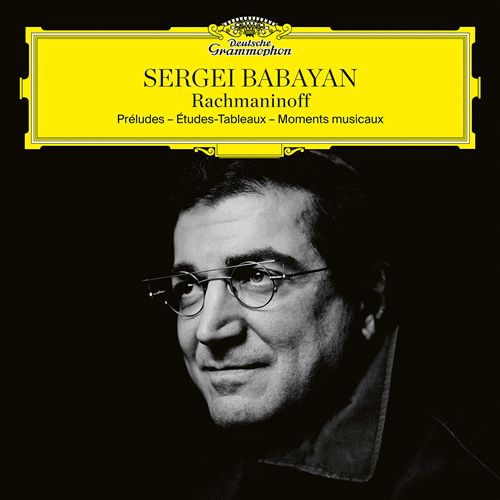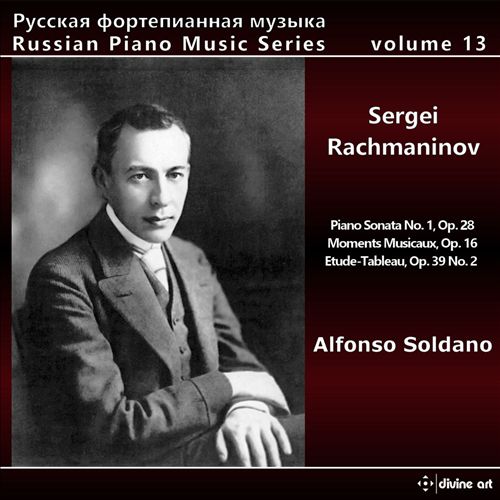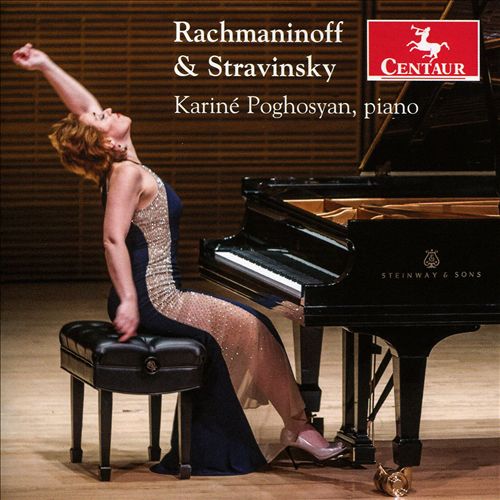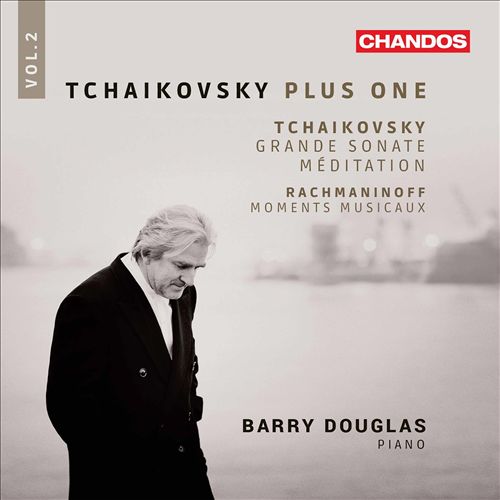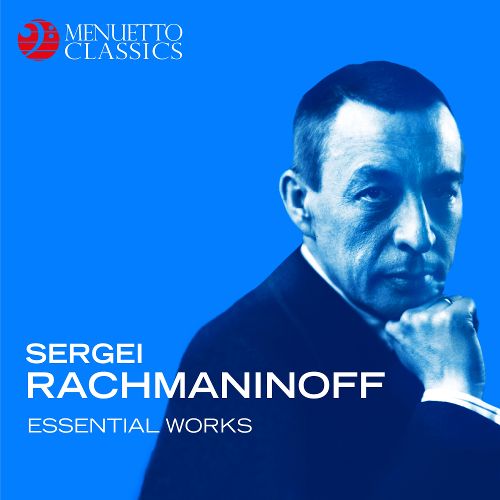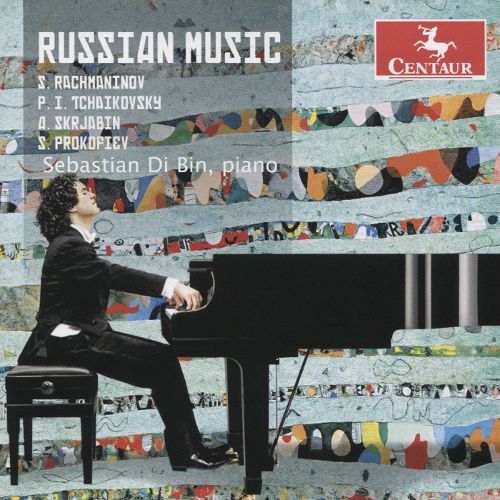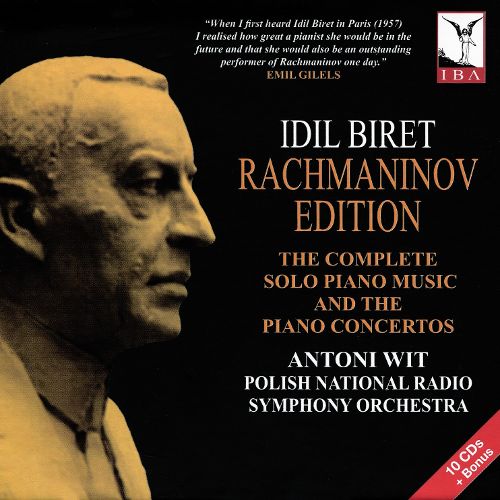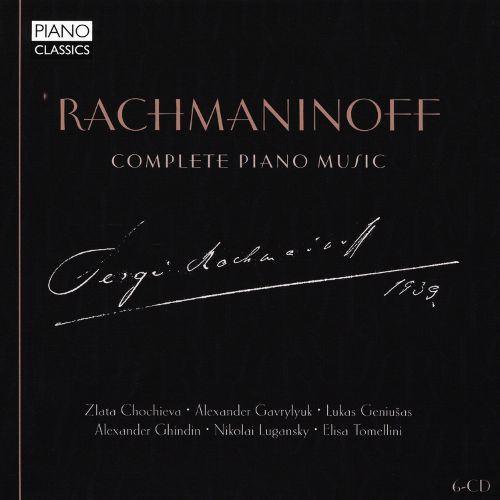Sergey Rachmaninov (세르게이 라흐마니노프)
Moments Musicaux (6), Op. 16
100
10,000
1,400
WORK INFO
작곡가: Sergey Rachmaninov (세르게이 라흐마니노프)스타일:Moment Musicaux작곡년도: 1896평균연주: 27:36악장1Andantino in B flat minor7:312Allegretto in E flat minor3:153Andante cantabile in B minor6:154Presto in E minor3:025Adagio sostenuto in D flat major4:166Maestoso in C major4:59Six moments musicaux (, Shest’ muzykál’nykh moméntov), Op. 16, is a set of solo piano pieces composed by the Russian composer Sergei Rachmaninoff between October and December, 1896. Each Moment musical reproduces a musical form characteristic of a previous musical era. The forms that appear in Rachmaninoff's incarnation are the nocturne, song without words, barcarolle, virtuoso étude, and theme and variations. The individual pieces have been described as "true concert works, being best served on a stage and with a concert grand." Although composed as part of a set, each piece stands on its own as a concert solo with individual themes and moods. The pieces span a variety of themes ranging from the somber funeral march of number three to the majestic canon of number six, the Moments musicaux are both Rachmaninoff's return to and revolution of solo piano composition. A typical performance lasts 30 minutes. In an interview in 1941, Rachmaninoff said, "What I try to do, when writing down my music, is to make it say simply and directly that which is in my heart when I am composing." Even though Moments musicaux were written because he was short of money, the pieces summarize his knowledge of piano composition up to that point. Andantino opens the set with a long, reflective melody that develops into a rapid climax. The second piece, Allegretto, is the first of the few in the set that reveal his mastery of piano technique. Andante cantabile is a contrast to its two surrounding pieces, explicitly named "funeral march" and "lament." Presto draws inspiration from several sources, including the Preludes of Frédéric Chopin, to synthesize an explosion of melodic intensity. The fifth, Adagio sostenuto is a respite in barcarolle form, before the finale Maestoso, which closes the set in a thick three-part texture. In six musical moments, Rachmaninoff illustrates completely, "that which is in my heart."
By the fall of 1896, Rachmaninoff's financial status was precarious, not helped by his being robbed of money on an earlier train trip. Pressed for time, both financially and by those expecting a symphony, he "rushed into production." On December 7, he wrote to Aleksandr Zatayevich, a Russian composer he had met before he had composed the work, saying, "I hurry in order to get money I need by a certain date ... This perpetual financial pressure is, on the one hand, quite beneficial ... by the 20th of this month I have to write six piano pieces." Rachmaninoff completed all six during October and December 1896, and dedicated all to Zatayevich. Despite the hasty circumstances, the work evidences his early virtuosity, and sets an example for the quality of his future works.From WIKIPEDIA
RELEASED ALBUMS
-
Kaleidoskop der TonartenJanuary 3, 2025
-
UpcycleSeptember 6, 2024
-
Nikolai Lugansky: The Verbier Festival Debut Recital 2006May 24, 2024
-
Rachmaninoff: 6 Moments Musicaux, Op. 16 - No. 4 in E minorMay 10, 2024
-
Schumann, Bach, Rachmaninov: Concertos Without OrchestraApril 26, 2024
-
Rachmaninoff ReflectionsNovember 10, 2023
-
Rachmaninoff: Moments musicaux, Op. 16; Four Piano Transcriptions from "Aleko"; Piano Sonata No. 2; Polka de W. R.July 28, 2023
-
Sergei Rachmaninoff: The MasterpiecesFebruary 24, 2023
-
Rachmaninov: Piano Sonata No. 1; Moments MusicauxMay 6, 2022
-
RachmaninoffFebruary 25, 2022
-
Peaceful Piano MoodsJanuary 21, 2022
-
La Scuola di Pasquale Iannone al Barletta Piano FestivalNovember 5, 2021
-
Rachmaninoff, Medtner, TchaikovskyOctober 15, 2021
-
Rachmaninov: Œuvres pour pianoOctober 8, 2021
-
Rachmaninov: Piano Sonata No. 2; Preludes Op. 23 Nos. 4, 5 & 6; Moments Musicaux Op. 16/1-6June 25, 2021
-
Introspection: Solo Piano Sessions [includes Booklet]June 4, 2021
-
Rachmaninov: Works for PianoMarch 19, 2021
-
Moments Musicaux: Works by Franz Schubert, Uzong Choe and Sergei RachmaninoffFebruary 5, 2021
-
Pages IntimesFebruary 5, 2021
-
Rapa Nui OdysseyJanuary 29, 2021
-
Rachmaninoff: Préludes; Études-Tableaux; Moments musicauxSeptember 18, 2020
-
Rachmaninoff: 6 Moments Musicaux, Op. 16 - No. 4 Presto [Outside China]August 21, 2020
-
Russian Piano Music Series, Vol. 13: Sergei RachmaninovFebruary 14, 2020
-
Rachmaninoff & StravinskyNovember 1, 2019
-
Tchaikovsky Plus One, Vol. 2November 1, 2019
-
Sergei Rachmaninoff: Essential WorksMarch 9, 2018
-
Russian MusicFebruary 2, 2018
-
Rachmaninov Edition: The Complete Solo Piano Music and the Piano ConcertosOctober 13, 2017
-
Naxos: The 30th Anniversary CollectionApril 14, 2017
-
Rachmaninoff: Complete Piano MusicNovember 18, 2016
FEATURED MOVIES
-
 03:12라흐마니노프: 악흥의 순간 (6) Op. 16 4. Presto in E minor
03:12라흐마니노프: 악흥의 순간 (6) Op. 16 4. Presto in E minor -
 03:12라흐마니노프: 악흥의 순간 (6) Op. 16 4. Presto in E minor
03:12라흐마니노프: 악흥의 순간 (6) Op. 16 4. Presto in E minor -
 04:33라흐마니노프: 악흥의 순간 (6) Op. 16 5. Adagio sostenuto in D flat major
04:33라흐마니노프: 악흥의 순간 (6) Op. 16 5. Adagio sostenuto in D flat major -
 02:51라흐마니노프: 악흥의 순간 (6) Op. 16 4. Presto in E minor2002La Roque d'Antheron festival
02:51라흐마니노프: 악흥의 순간 (6) Op. 16 4. Presto in E minor2002La Roque d'Antheron festival -
 04:43라흐마니노프: 악흥의 순간 (6) Op. 16 6. Maestoso in C major
04:43라흐마니노프: 악흥의 순간 (6) Op. 16 6. Maestoso in C major -
 08:13라흐마니노프: 악흥의 순간 (6) Op. 16 3. Andante cantabile in B minor1989Paris Salle Gaveau
08:13라흐마니노프: 악흥의 순간 (6) Op. 16 3. Andante cantabile in B minor1989Paris Salle Gaveau -
 05:24라흐마니노프: 악흥의 순간 (6) Op. 16 3. Andante cantabile in B minorJuly 30, 2006Berlin, Germany
05:24라흐마니노프: 악흥의 순간 (6) Op. 16 3. Andante cantabile in B minorJuly 30, 2006Berlin, Germany -
 02:58라흐마니노프: 악흥의 순간 (6) Op. 16 4. Presto in E minor
02:58라흐마니노프: 악흥의 순간 (6) Op. 16 4. Presto in E minor -
 08:27라흐마니노프: 악흥의 순간 (6) Op. 16 3. Andante cantabile in B minor
08:27라흐마니노프: 악흥의 순간 (6) Op. 16 3. Andante cantabile in B minor -
 02:48라흐마니노프: 악흥의 순간 (6) Op. 16 4. Presto in E minor
02:48라흐마니노프: 악흥의 순간 (6) Op. 16 4. Presto in E minor -
 03:03라흐마니노프: 악흥의 순간 (6) Op. 16 4. Presto in E minor
03:03라흐마니노프: 악흥의 순간 (6) Op. 16 4. Presto in E minor -
 05:38라흐마니노프: 악흥의 순간 (6) Op. 16 3. Andante cantabile in B minor
05:38라흐마니노프: 악흥의 순간 (6) Op. 16 3. Andante cantabile in B minor -
 04:07라흐마니노프: 악흥의 순간 (6) Op. 16 5. Adagio sostenuto in D flat major
04:07라흐마니노프: 악흥의 순간 (6) Op. 16 5. Adagio sostenuto in D flat major -
 05:17라흐마니노프: 악흥의 순간 (6) Op. 16 6. Maestoso in C major
05:17라흐마니노프: 악흥의 순간 (6) Op. 16 6. Maestoso in C major -
 03:34라흐마니노프: 악흥의 순간 (6) Op. 16 2. Allegretto in E flat minor
03:34라흐마니노프: 악흥의 순간 (6) Op. 16 2. Allegretto in E flat minor
ALBUM MUSIC
WORKS SHOUTS



